3 Practical Tips to Accelerate Weight Loss by Adjusting Net Calories (Essential for Dieting)
Managing your net calorie intake is a critical step toward achieving weight loss effectively. By setting realistic daily calorie goals, increasing physical activity, and choosing nutrient-dense foods, you can reach your target weight while staying healthy. This article breaks down three practical strategies to help you seamlessly incorporate these habits into your daily life and achieve your ideal weight more efficiently.
Tip 1: Set and Track Daily Calorie Goals for Precise Intake Control
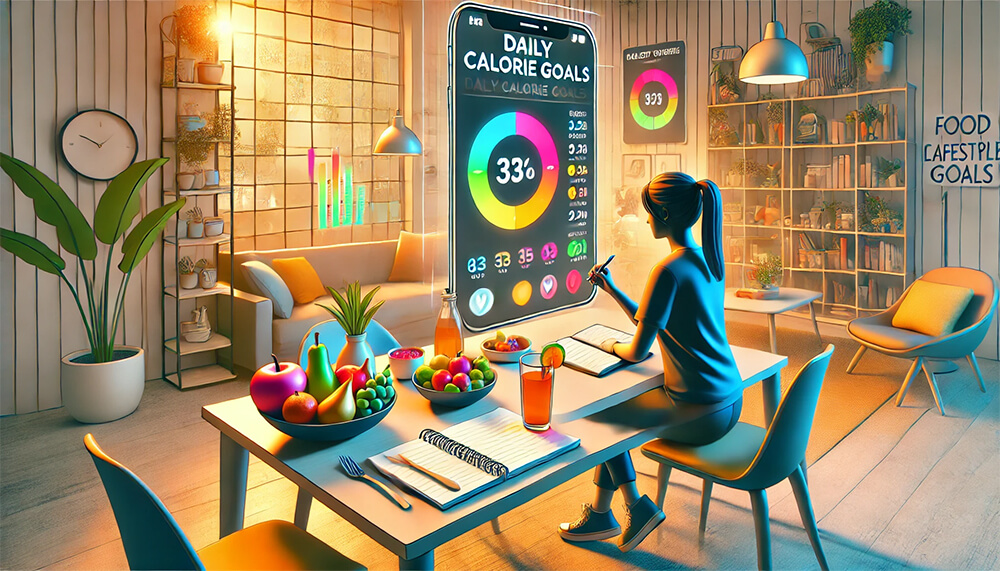
1. Understand the Relationship Between Net Calories and Weight Loss
To lose weight effectively, you need to create a calorie deficit by consuming fewer calories than your body burns daily. This deficit triggers fat burning, which ultimately helps you shed excess pounds.
Use Tools to Calculate Your Calorie Goals
Calculating your daily calorie needs is the first step in controlling your weight. Use Healthycalc’s BMR Calculator and TDEE Calculator to determine your Basal Metabolic Rate (BMR) and Total Daily Energy Expenditure (TDEE).
- How to Use: Enter your height, weight, age, and activity level. The tools will calculate the number of calories you need daily. To lose weight, aim to consume 300–500 calories less than your TDEE.
- Pro Tip: Use these results to set a calorie target that ensures you stay in a calorie deficit and kickstart your weight loss process.
2. Track Your Calorie Intake to Ensure Accuracy
Tracking your calorie intake is essential to staying within your daily goal. Use food tracking apps like MyFitnessPal or Lose It! to log your meals and monitor your calorie consumption.
Steps to Track Calories:
- Record your meals in a food tracking app to view calorie content.
- Check your daily intake to ensure it aligns with your goal.
- If you exceed your target for one meal, adjust subsequent meals to stay on track.
Tips for Accurate Tracking:
- Weigh Your Food: Use a kitchen scale to avoid errors in portion sizes.
- Plan Ahead: Pre-plan your meals to avoid last-minute choices that might derail your progress.
3. Avoid Overly Restrictive Dieting
While reducing calorie intake is crucial, extreme dieting can slow your metabolism and negatively impact your health. Maintain a moderate calorie deficit and ensure you consume enough nutrients to support overall health.
- How to Avoid Over-Restricting:
- Reduce your intake by 300–500 calories per day rather than cutting drastically.
- Prioritize foods rich in protein, vegetables, and healthy fats to maintain muscle and support your metabolism.
4. Adjust Your Calorie Goals Regularly
As you lose weight, your TDEE will decrease. Recalculate your calorie needs periodically to ensure your calorie deficit remains effective.
- Reassess Regularly: Use the BMR Calculator and TDEE Calculator every month or two to update your targets.
- Monitor Progress: Track your weight and body composition weekly. If progress slows, tweak your intake or increase activity levels.
Tip 2: Increase Physical Activity to Boost Calorie Burn

1. The Role of Exercise in Weight Loss
Exercise is essential for burning calories and creating a calorie deficit. Additionally, it helps build muscle, which increases your Basal Metabolic Rate (BMR), enabling you to burn more calories even at rest.
2. Choose the Right Type of Exercise
Selecting suitable exercises can maximize calorie burn and reduce the risk of injury or burnout. Here are a few effective options:
Cardio Workouts (for fat burning):
- Walking or Jogging: Burns 400–600 calories/hour.
- Cycling: Burns 500–800 calories/hour.
- Swimming: Burns 400–700 calories/hour.
- Jump Rope: Burns 600–900 calories/hour.
Strength Training (to build muscle and boost metabolism):
- Incorporate exercises like squats, push-ups, and weightlifting 2–3 times weekly to preserve muscle and enhance fat burning.
High-Intensity Interval Training (HIIT):
- Combine short bursts of high-intensity exercise with rest periods. A 30-minute HIIT session can torch calories and keep your metabolism elevated post-workout.
3. Gradually Increase Activity Levels
Ease into exercise to avoid injury or burnout. Begin with moderate activity levels and gradually increase frequency and intensity.
- Start Small: Aim for 3–4 sessions of 30 minutes per week and work up to daily 30–60-minute sessions.
- Create a Plan: Schedule at least 150 minutes of moderate exercise or 75 minutes of high-intensity activity weekly.
4. Incorporate Everyday Activities
If structured workouts aren’t for you, everyday activities can also help increase calorie burn:
- Walking More: Opt for stairs instead of elevators and take short walks whenever possible.
- Standing Workstations: Use standing desks to reduce sedentary time.
- Household Chores: Tasks like vacuuming, mopping, and yard work burn calories effectively.
5. Support Your Exercise Routine with Recovery
Post-exercise recovery is just as important as the workout itself. Proper recovery and a balanced diet can help maintain progress.
- Nutrition After Exercise: Replenish with protein to repair muscles and avoid sugary snacks that add empty calories.
- Get Adequate Rest: Prioritize sleep to restore energy and support a high metabolism.
6. Track Your Activity and Progress
Use fitness apps or devices like Apple Watch or Fitbit to monitor your workouts and calorie burn. Adjust your intensity and frequency as needed to meet your goals.
Tip 3: Choose Nutrient-Dense Foods to Reduce Unnecessary Calorie Intake

1. What Are Nutrient-Dense Foods?
Nutrient-dense foods are rich in vitamins, minerals, and essential nutrients while being relatively low in calories. They help you meet your nutritional needs, keep you full, and avoid consuming empty calories.
2. Select High-Nutrient Foods
Incorporating nutrient-dense options into your diet supports weight loss and overall health. Here are some great choices:
Vegetables and Fruits:
- Leafy greens like spinach and kale are low in calories and high in fiber.
- Berries (blueberries, strawberries) and citrus fruits are nutrient-packed and low in sugar.
Protein Sources:
- Lean Meats: Chicken breast, turkey, and lean beef are high in protein and low in fat.
- Fish: Cod and bass are excellent for low-fat, high-protein meals.
- Plant Proteins: Tofu, beans, and nuts provide healthy fats and protein.
Whole Grains and Fiber:
- Brown rice, whole wheat bread, and oats are filling and support digestion.
- Beans like lentils and chickpeas offer protein and fiber.
Healthy Fats:
- Use oils like olive or avocado and enjoy nuts and seeds for their heart-healthy benefits.
3. Cut Back on Empty Calories
Reducing empty calories from sugary and processed foods is vital for successful weight loss:
- Avoid Processed Snacks: Candy, cookies, and soda are high in calories and low in nutrients.
- Skip High-Calorie Condiments: Opt for low-fat or homemade dressings instead of calorie-laden sauces.
- Limit Alcohol: Choose low-calorie options like light wine or sake and drink in moderation.
4. Optimize Meal Pairings for Satiety
Combine high-protein and high-fiber foods to feel full longer and prevent overeating.
- Protein + Vegetables: Pair chicken breast with broccoli or fish with kale for a balanced meal.
- Whole Grains + Healthy Fats: Combine brown rice with avocado or oatmeal with nuts for sustained energy.
5. Plan Balanced Meals and Snacks
Structure your meals to maintain consistent energy levels and avoid overindulgence:
- Portion Control: Even healthy foods can contribute to weight gain if eaten in large amounts.
- Timed Eating: Stick to three balanced meals and small snacks like nuts or fruits to stabilize blood sugar and prevent hunger pangs.
6. Stay Hydrated
Drinking enough water helps curb appetite and supports overall health:
- When to Drink Water: Start your day with a glass of water and drink 20–30 minutes before meals to feel fuller.
- Replace Sugary Drinks: Opt for water, unsweetened tea, or black coffee instead of calorie-heavy beverages.



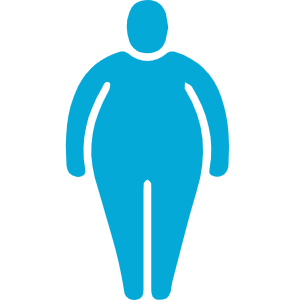
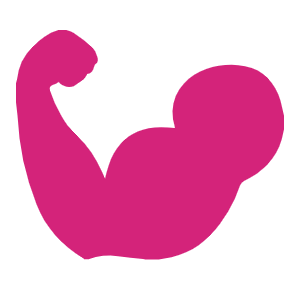


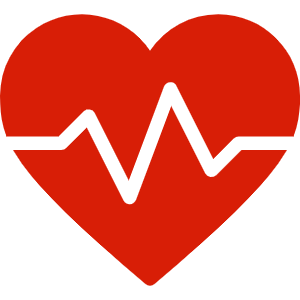
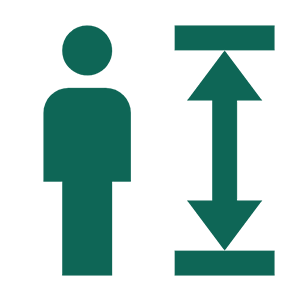



 EN
EN









